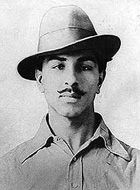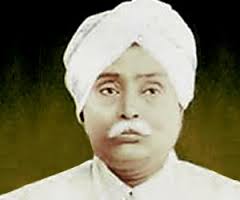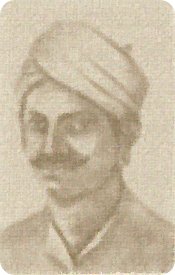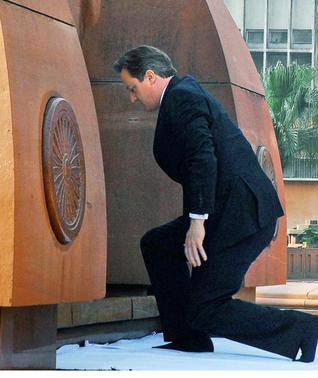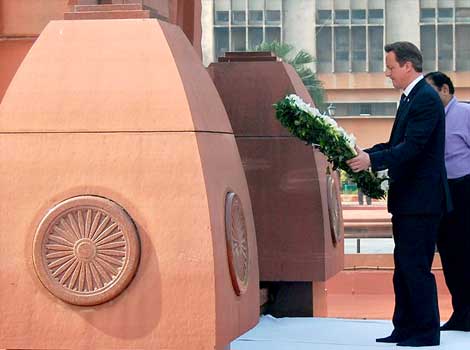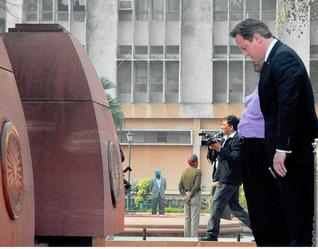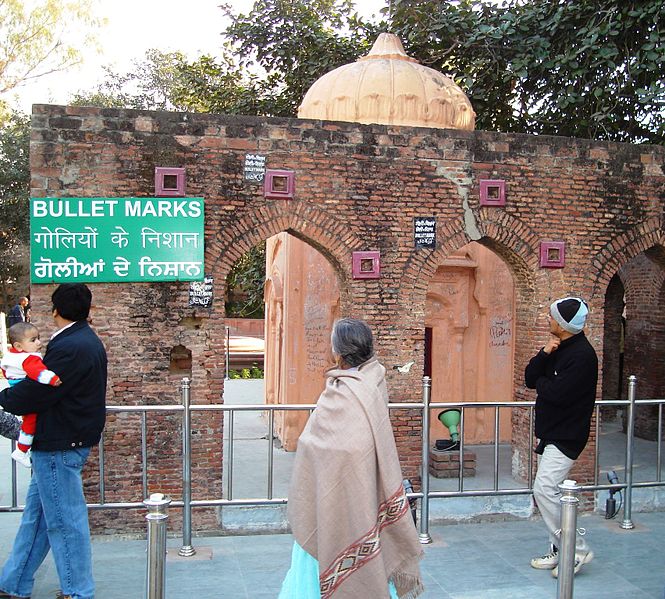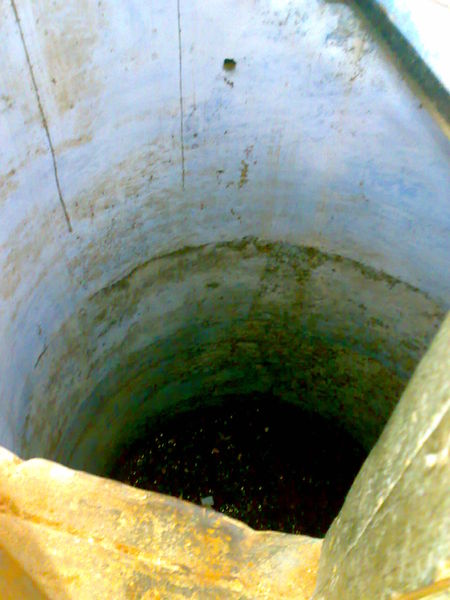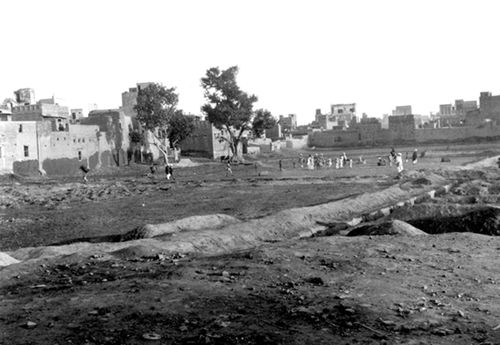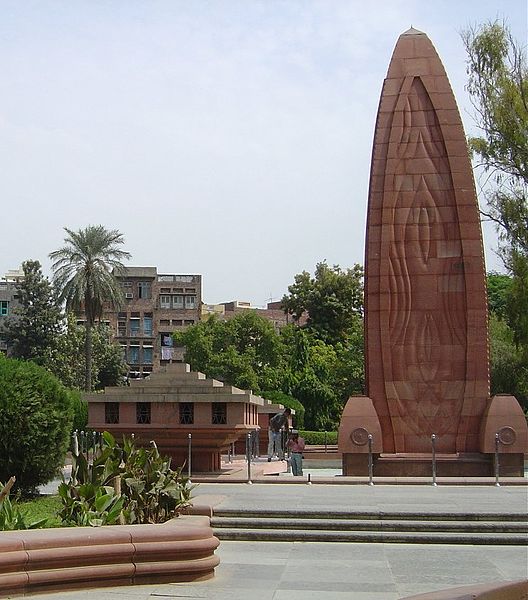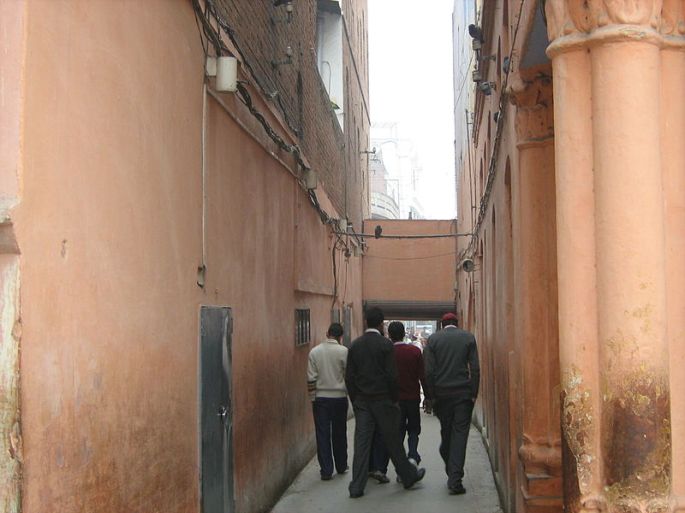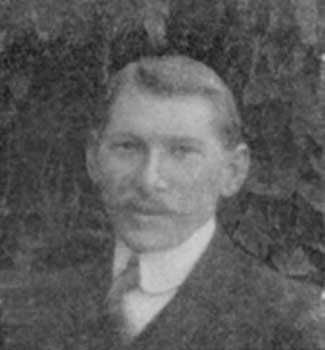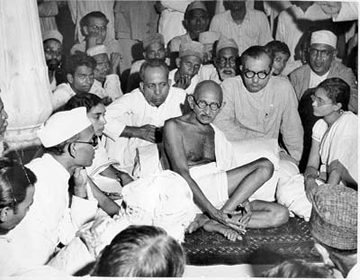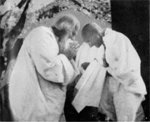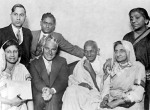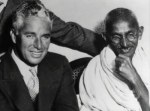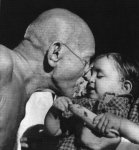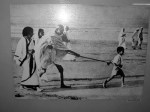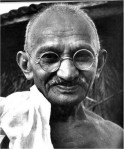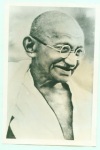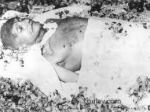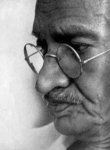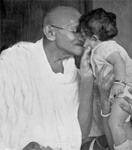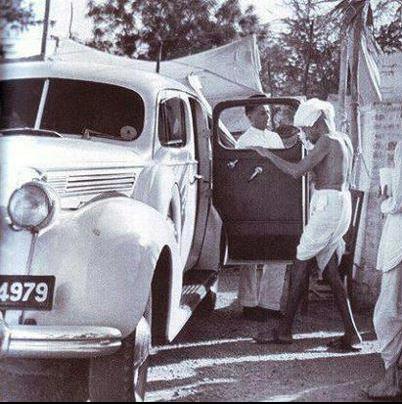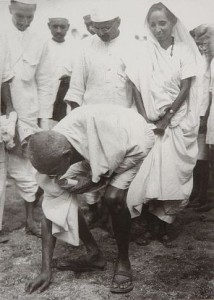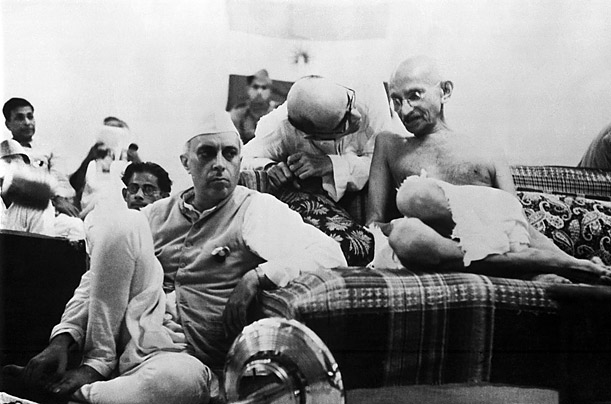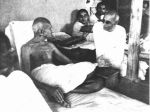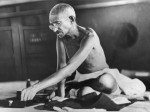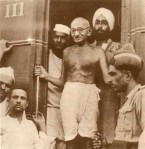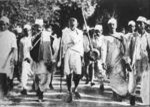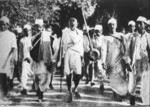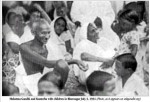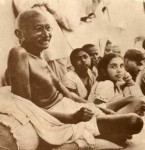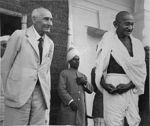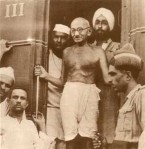The People Behind India’s Independence
.
Freedom fighters are the great people that brought us freedom from the then Ruthless British Rule or more commonly known as “British Raj” was brought to end mainly because of these Freedom Fighters. They have spent all their live to get us free from the clutches of British Rule. There were once these biographical movies which were made on these Freedom Fighters but today hardly see them today. They have just got limited to some historical books. It is because of these brave people that we are living a life of our own.
.
Mahatma Gandhi (2 October 1869 – 30 January 1948)

Mahatma Gandhi is the greatest freedom fighter of India as well as one among some individuals who changed the world. He all along his life preached values like simple living and high thinking. Everyone from common man to all other freedom fighters respected him for the principles he abided by such as truth, non-violence and nationalism. Gandhi led Satyagraha – the movement against violence, which eventually laid the foundation of independence of India. His life-long activities included protests opposing the land tax and discrimination against peasants, laborers. He fought against untouchability till the end of his life and this increased the respect people had for him. He was assassinated by Nathuram Godse on 30 July, 1948 in New Delhi.
.
Jawaharlal Nehru (14 November 1889 – 27 May 1964)
Pt. Jawaharlal Nehru fought for independence with all his influence and strength. Basically a barrister, Nehru was a central figure in Indian politics and became the president of Indian National Congress. Nehru was closely associated with Mahatma Gandhi and was a part of the non-cooperation movement, which was in the form of a powerful rebellion against the policy of the British to suppress the poor Indian society. Later he joined Gandhiji in the disobedience movement with the same conviction and determination. Pt. Nehru was the first Prime Minister of India from 15 August, 1947 to 27 May, 1964.
.
Sardar Vallabhbhai Patel (31 October 1875 – 15 December 1950)

Sardar Vallabhbhai Patel was a barrister, a statesman and one of the founding members of the Republic of India. He joined people like Gandhiji and Pt. Nehru in the country’s fight for freedom. Sardar Patel is also known as the Iron Man of India. He wanted India to be unified and fought against the British Rule with all his strength. He was the founding member of Indian National Congress and played a pivotal role in Quit India Moment. He became the first Home Minister and Deputy Prime Minister of independent India.
.
Subhash Chandra Bose ( 23 January 1897 – August 18, 1945)

Subhas Chandra Bose, popularly known as Netaji, was an Indian Nationalist who fought against the British during World War II. He was the man behind Azad Hind Fauj. He escaped from India in 1941 while kept under house arrest by the British rule. Later, he turned to Axis Powers for help and wanted to get independence by force. He also became the General Secretary of the Congress Party while working with Pt. Jawaharlal Nehru.
.
Bal Gangadhar Tilak (23 July 1856 – 1 August 1920)
Bal Gangadhar Tilak was a social reformer, a teacher, journalist, lawyer and an activist and was the first leader of ‘Indian Independence Movement’. He was called the ‘Father of the Unrest’ by the British authorities. He was given a title ‘Lokmanya’ which means revered by the people . His most famous quote was ‘Swaraj is my birthright, I shall have it’ thus he was deemed as one of the strongest advocates of Swaraj. He showed active participation in public affairs. He was impressed by Gandhiji and he tried to convince him to drop the idea of ‘Total Ahimnsa’ and adopt ‘Swaraj’ by all means
.
Lal Bahadur Shastri (2 October 1904 – 11 January 1966)

Lal Bahadur Shastri is remembered as the most sober personality that joined Indian Independence Movement. He supported Gandhiji and fought for the rights of farmers. He kept sticking to his fight was an active figure in the Independence movement for India. He entered the fight for Independence with the support of Gandhiji and then fought for the rights of peasants and farmers. He went to jail twice while fighting for independence but kept sticking to the mission. He was popular as a man of truth and integrity. Later, he became the second prime minister of Independent India.
.
Bhagat Singh (28 September 1907 – 23 March 1931)
Shaheed Bhagat Singh, a vigorous young man from Punjab, was the youngest freedom fighter of India. He was just 23 (and hardly scared!) when he chose to die for his country. When a teenager, anarchist and Marxist ideologies had had considerable influence on Bhagat Singh. Initially, what provoked him to fight against the British was the death of Lala Lajpat Rai and he took the revenge by killing John Saunders, a British officer. He didn’t believe in nonviolence, especially if it was to be projected against violence and injustice. Bhagat Singh kept reiterating slogans of revolution while he threw two bombs inside the Central Legislative Assembly. He was sentenced to death in the Lahore conspiracy case and hanged on 24 March, 1931. This did nothing but rekindled the sparks of hatred every single Indian had inside them against the British, which proved to be the flames of independence later.
.
Chandra Shekhar Azad (23 July 1906 – 27 February 1931)

Chandrashekhar Azad was another energetic and highly courageous freedom fighter of India. He took along a few revolutionaries having zest like him and founded the very famous Hindustan Republican Association. Azad is known as the mentor of Bhagat Singh. He became more aggressive when Gandhiji was suspended from the Non-Cooperation Movement. He decided to get independence by any means and was involved in the Kakori Train Robbery in 1925. While fighting the British when he was left with the last bullet, he kept his word of never getting caught alive by shooting himself.
.
Gopal Krishna Gokhale (9 May 1866 – 19 February 1915)

Gopal Krishna Gokhale was one of the first people to revolt against earliest freedom fighters the British Rule. He was a senior leader of the Indian National Congress and founded the Servants of India Society. The major issues he picked up to fight against were untouchability and discrimination. He always believed in non-violence and practiced it till the end. Gokhale promoted independence from the British Rule and besides, advocated social reform.
.
Dr. Rajendra Prasad (3 December 1884 – 28 February 1963)
Dr. Rajendra Prasad was the first President of the Republic of India for successive 12 years. A lawyer by profession, Dr. Prasad joined the Indian National Congress and played an exemplary role in India’s struggle for freedom. He always wished India to be socially reformed and kept working incessantly in this direction. Dr. Prasad was a big-time supporter of Mahatma Gandhi and got arrested during the Salt Satyagraha of 1931 and the Quit India Movement in 1942. After independence, Dr. Rajendra Prasad got elected the president of the Constituent Assembly of India to prepare the Constitution of India. India became a republic in 1950 and Dr. Prasad became the first President of India.
.
Lala Lajpat Rai (28 January 1865 – 17 November 1928)
Lala Lajpat Rai, also known as ‘Punjab Kesari’ was an author and a politician fought against British Raj for Independence. He was highly influenced by Manusmriti and Hinduism and he followed the ideals by creating a career of reforming Indian policy by writing and politics. He also collaborated with the activities of Punjab National Bank and Lakshmi Insurance Company. He proposed the discussion on the partition of Punjab and setting up of Muslim provinces in East Bengal and Sindh. He was fatally wounded while leading the protest against Simon Commission. His death anniversary is celebrated as ‘Martyrs Day’ in India.
.
Mangal Pandey (19 July 1827 – 8 April 1857)
Mangal Pandey was a brave Indian soldier and a part of one the most earliest acts of rebellion that marked the start of first Indian Uprising in 1857. He was a soldier in 6th company of 34th Bengal native Infantry and was involved in the attack on the regiment’s officers. British considered him a traitor and mutineer. This war was the opening phase of the First War of Independence in 1857. He rebelled against the sacrilegious usage of cartridges greased with cow fat. The punishment of Mangal Pandey was seen as the opening scene of the Indian Rebellion of 1857.
.
.



